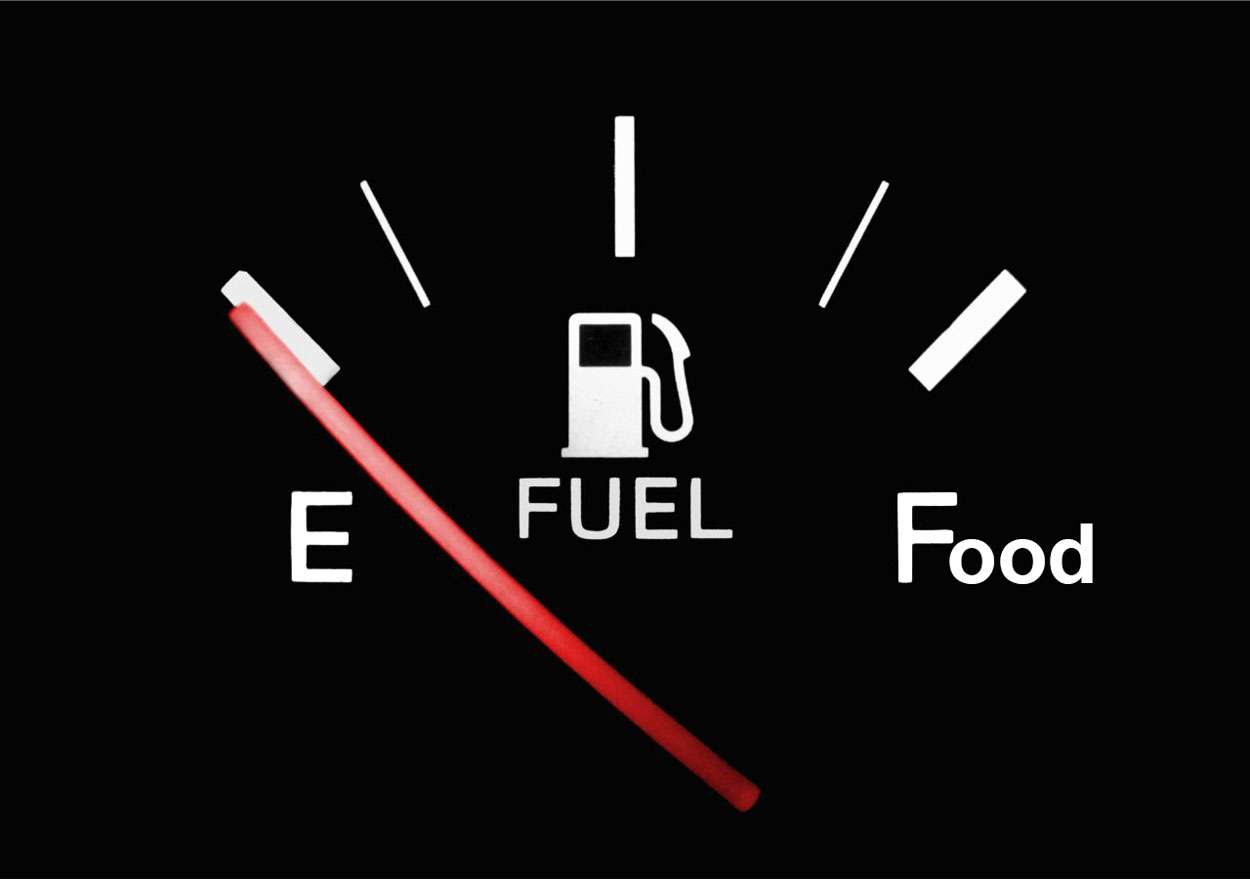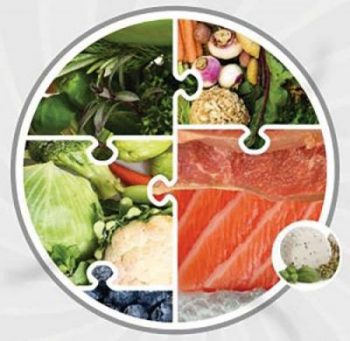
It’s 4pm and the cravings hit . . . just a piece a cake or a couple of biscuits, or maybe an ice cream or a bar of chocolate and a coffee…anything to give you some energy! Or maybe you crave a bag of crisps . . . all that saltiness and crunchiness . . . yummy!
What many people don’t realise however is that those cravings are clues to underlying problems. Some of us might just think that we have a sweet tooth but let’s dig a little deeper.
Our ideal blood sugar level is 4g or the same amount as contained in ONE GRAPE!! This small amount is always there to ensure that we have a constant supply of energy and fuel for our brain, blood and organs. When that blood sugar level is raised at all (from any of the above snacks, as well as hidden sugar in soups and sauces; also simple carbohydrates such as bread, white potatoes and white pasta) the body goes into crisis management. The brain instructs the pancreas to produce insulin, a powerful hormone. Insulin firstly checks to see whether the muscles have any space to store some glucose, which is then kept as glycogen – the perfect fuel for muscles. If the muscles are full, insulin then checks in with the liver, which also stores glycogen to prevent you from waking up at night feeling hungry etc. If you ate a recent meal then your liver will be full of glycogen.

Where does the excess sugar from the blood go if the muscles and liver are full? It has to be stored somewhere, as it’s too dangerous to leave it circulating in the bloodstream. The only other storage option is to convert the excess sugar to fat and store it in your fat cells. This is why insulin is known as your fat controller. If you are putting on weight, check your sugar intake first before opting for all those low fat products which often contain sugar or artificial sweeteners to make them taste ‘nice’.
The body can also only use healthy fats-unprocessed and as natural as possible so that the body recognises them. Unhealthy fats cannot be used and are therefore stored away in the fat cells in order to protect your organs from damage. Healthy fats include avocados, plain nuts and seeds, coconut oil, grass fed organic butter or cold pressed extra virgin olive oil and a few others. Try to avoid processed cooking oils such as sunflower, rapeseed, vegetable and soybean oils as they undergo much processing to appear clean and shiny. These processes cause the formation of cell damaging inflammatory compounds called free radicals.

By eating food in its whole, unprocessed natural form, our bodies use a lot of digestive energy to break it down into its component parts. Proteins break down into amino acids, carbohydrates into simple sugars and fat into fatty acids. Without insulin in the mix, food calories are not sent to the fat cells but are used for energy inside your other cells. However, if there are high levels of insulin then the energy is locked away in your fat cells. Insulin turns OFF your body’s fat burning ability and so there is only one option to get more energy . . . more hunger, especially a craving for sugars and carbs. Continued imbalance in insulin regulation may lead to insulin resistance, pre-diabetes or diabetes, types 1 & 2.
Having talked about the role of sugar, what about those salt cravings? A craving for salt may be a symptom of high stress levels in your life. Your adrenal glands, small triangular glands situated on top of each kidney, produce the stress hormones needed when a stressor is present. These days our adrenal glands very seldom get to rest or wind down as we are under constant stress. When they begin to become depleted you may start to feel ‘tired but wired’, it may be a struggle to get out of bed in the morning, you may need coffee to kick you into action, you may get a second wind at night at around 9pm or you may start craving salt in the afternoon. If you begin to feel like you are walking through treacle and have no energy whatsoever, please seek medical attention as this is a serious indication of adrenal burnout.
How to avoid running on empty:

1. Eat a palm sized portion of protein at every meal
2. Eat a small portion of healthy fats with each meal
3. Eat lots of rainbow vegetables at every meal
4. Stay hydrated with 1-2 litres water per day
5. Eat regular meals
Watch The Truth About Carbs on BBC IPlayer! Very good and clear info on white, beige and green carbs.
For a fully referenced pdf version of this article, further advice on health problems or to book a dietary health check please email me:











